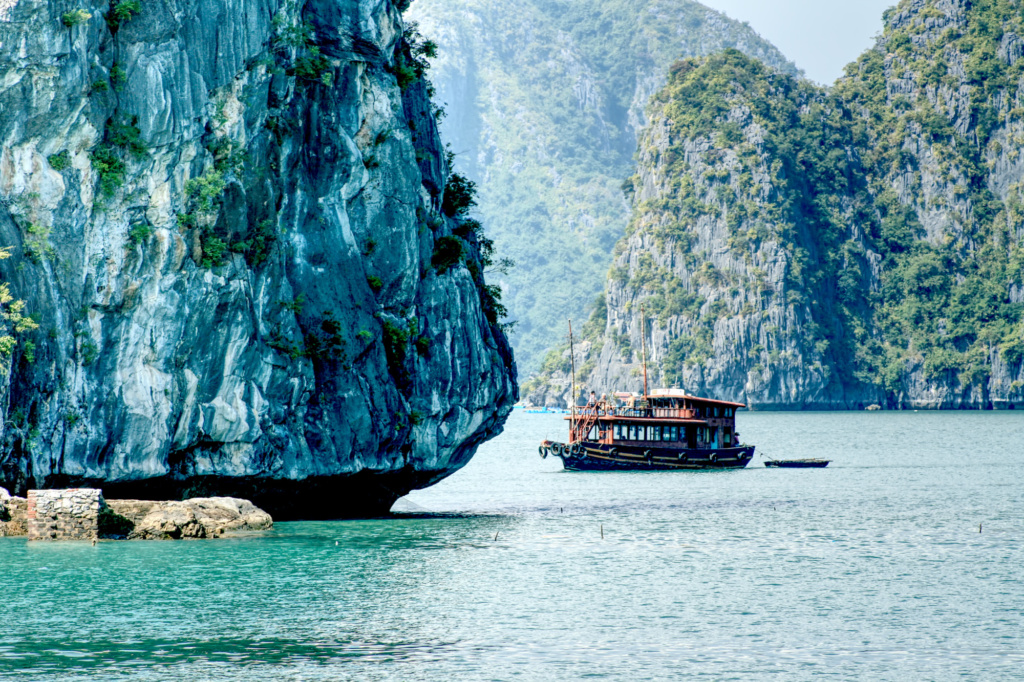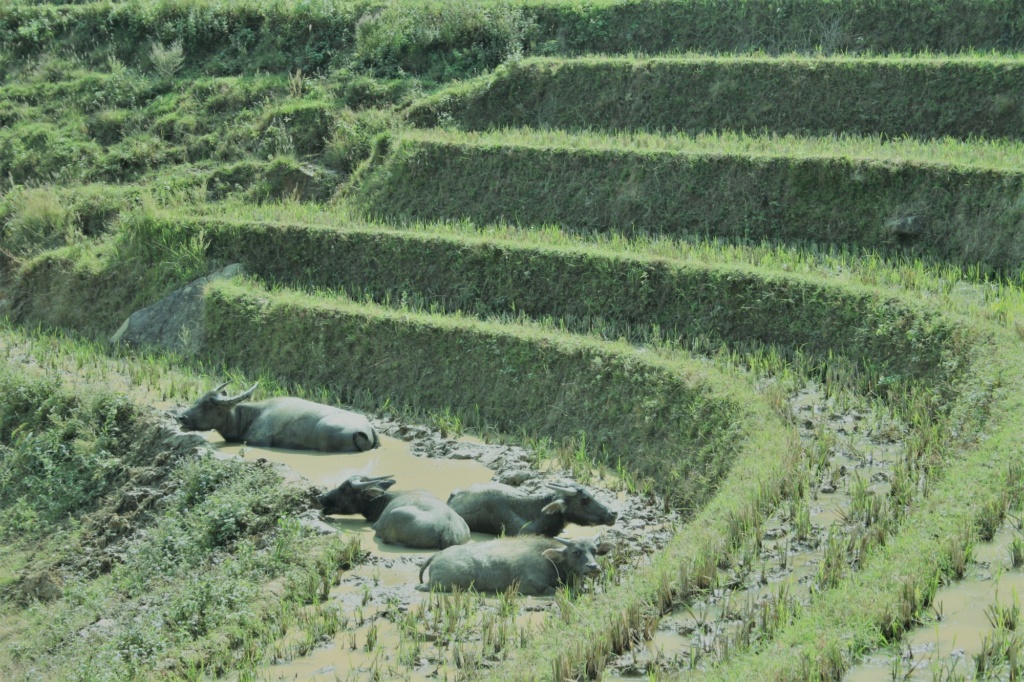VIETNAM
TRAVEL GUIDE
Explore the diverse wonders of Vietnam through our detailed Vietnam travel guide, where ancient traditions blend with modern charm against a backdrop of stunning natural beauty. From bustling cities like Hanoi and Ho Chi Minh City to serene landscapes in Ha Long Bay and the Mekong Delta, Vietnam captivates with its rich history, vibrant cuisine, and warm hospitality. Whether you seek cultural immersion, culinary delights, or adventure, our guide ensures you make the most of your journey through this enchanting Southeast Asian gem.
Vietnam Itineraries
Need To Know: How To Travel To Vietnam
Vietnam offers a rich cultural experience, stunning landscapes, and delicious cuisine. From the bustling streets of Hanoi to the serene waters of Ha Long Bay, there’s something for every traveler. Explore ancient temples, vibrant markets, and picturesque beaches, making Vietnam an unforgettable destination for adventure and relaxation.
Whether you need a visa to go to Vietnam depends on your nationality and the duration of your stay. Many countries are eligible for visa exemptions for short stays, while others require a visa. Check with the Vietnamese embassy or consulate for the latest entry requirements based on your nationality.
The currency of Vietnam is the Vietnamese Dong (VND). It is abbreviated as “₫” and is the official currency used throughout the country. The dong is subdivided into smaller units, though due to inflation, smaller denominations are rarely used in daily transactions. Banknotes and coins are both available.
Yes, Vietnam is generally considered affordable to visit. Accommodation, food, and transportation are budget-friendly, especially compared to other Southeast Asian countries. Street food is delicious and inexpensive, and many attractions, such as temples and natural sites, have low entry fees. Overall, Vietnam offers great value for travelers.
Vietnam is generally safe to travel to, with low crime rates and friendly locals. However, like any destination, travelers should exercise caution against petty theft and scams, especially in tourist areas. Always be mindful of local customs, road traffic, and health precautions to ensure a smooth trip.
It’s generally not safe to drink tap water in Vietnam. To avoid potential illness, opt for bottled or filtered water. Many hotels and restaurants provide bottled water, and it’s advisable to carry a reusable water bottle with you, especially when traveling to rural areas. Always prioritize your health.
Vietnamese food is diverse and flavorful, featuring dishes like pho (noodle soup), banh mi (sandwich), goi cuon (spring rolls), and com tam (broken rice). Fresh herbs, fish sauce, rice, and vegetables are staples, with influences from French, Chinese, and indigenous cultures, creating a harmonious blend of textures and tastes.



